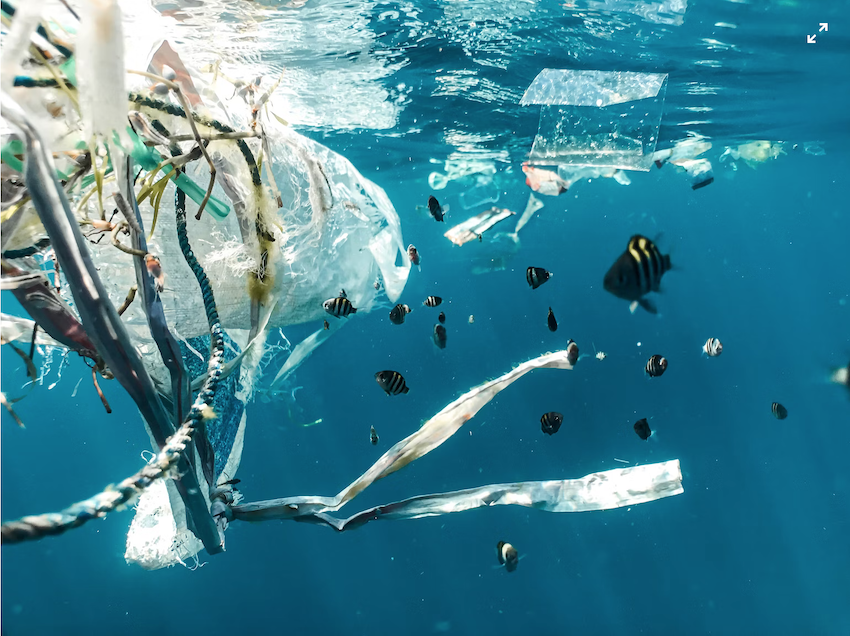 Microplastics, which are tiny plastic particles measuring less than 5 millimeters in size, have become a significant concern for the marine environment. They can originate from a variety of sources. Breakdown of larger plastic items, microbeads used in personal care products, and fibers from synthetic clothing are just some examples.
Microplastics, which are tiny plastic particles measuring less than 5 millimeters in size, have become a significant concern for the marine environment. They can originate from a variety of sources. Breakdown of larger plastic items, microbeads used in personal care products, and fibers from synthetic clothing are just some examples.
Microplastics have a significant impact on marine life. Fish, seabirds, turtles, and marine mammals, consume microplastics as they are easily mistaken for food, such as plankton or small prey. Ingestion of microplastics can lead to internal injuries, blockages in the digestive system, and reduced feeding efficiency.
Microplastics also enter the marine food web and accumulate as they move up the chain. Small organisms ingest microplastics that are consumed by larger predators and transfer microplastics to higher trophic levels. This process of biomagnification increases the concentration of microplastics in organisms at the top of the food chain, including large predatory fish and marine mammals. Additionally, microplastics disrupt important ecological processes, including nutrient cycling, by affecting the microbial communities that play crucial roles in marine ecosystems.
Microplastics can further harm marine animals because of sharp or jagged particles that damage gills, digestive tracts, and reproductive systems. This physical damage can impair vital functions, leading to reduced fitness, impaired growth and development, and increased susceptibility to diseases. The chemicals contained in many plastics can cause toxic effects as they go through the digestive system of marine creatures.
While microplastics primarily pose direct environmental risks to marine life, there are indirect connections between  microplastics and climate change.
microplastics and climate change.
Because fossil fuel is used for the production of plastic, including the creation of microplastics, there is increased greenhouse gas emissions that impact climate change. Reducing the production and use of plastics, including microplastics, can help mitigate climate change by lowering the carbon footprint associated with plastic production.
Healthy marine ecosystems play a crucial role in mitigating climate change. Oceans act as carbon sinks absorbing and storing significant amounts of atmospheric CO2. However, the impact of microplastics on marine organisms and ecosystems disrupts their natural functions, affecting their ability to sequester carbon and contribute to climate regulation.
 Microplastics and climate change can have synergistic effects on marine ecosystems. For example, rising water temperatures associated with climate change may increase the breakdown rates of plastics, accelerating the production of microplastics. Additionally, climate change impacts such as ocean acidification and altered marine currents can affect the distribution and fate of microplastics in the environment.
Microplastics and climate change can have synergistic effects on marine ecosystems. For example, rising water temperatures associated with climate change may increase the breakdown rates of plastics, accelerating the production of microplastics. Additionally, climate change impacts such as ocean acidification and altered marine currents can affect the distribution and fate of microplastics in the environment.
Addressing the issue of microplastics requires a multi-faceted approach including reducing plastic waste, improving waste management and recycling systems, promoting sustainable production and consumption patterns, and raising awareness about the environmental impact of microplastics. Governments, industries, and individuals all have a role to play in mitigating the release and effects of microplastics on marine life and the overall health of the oceans.
